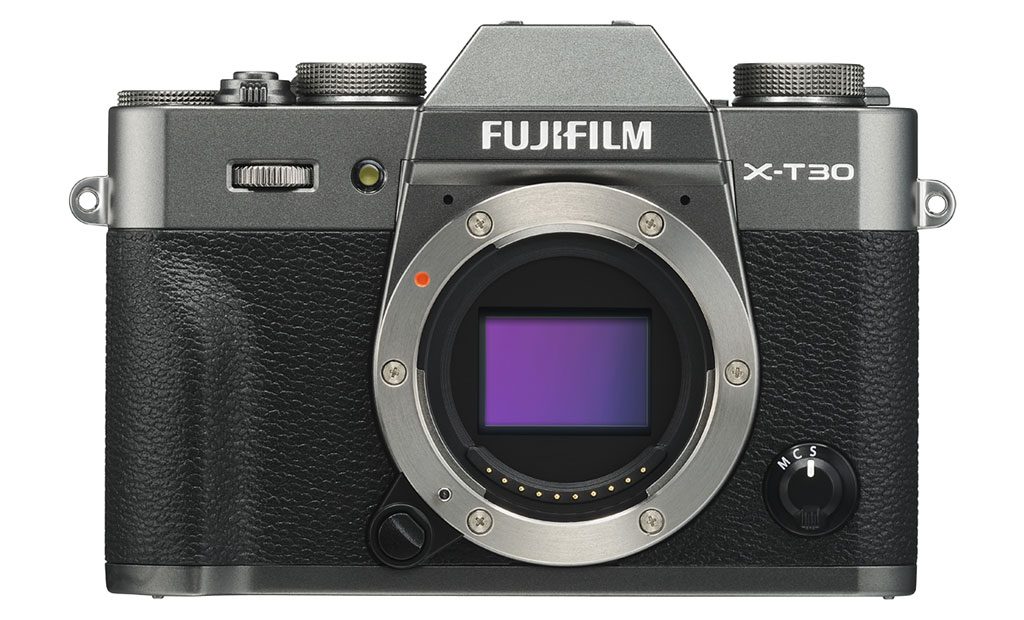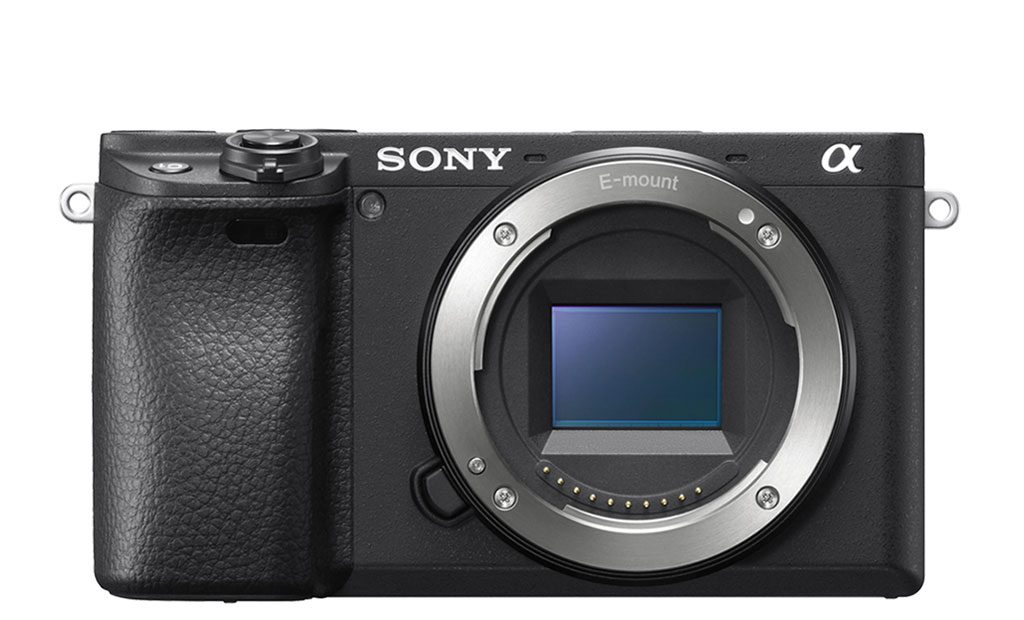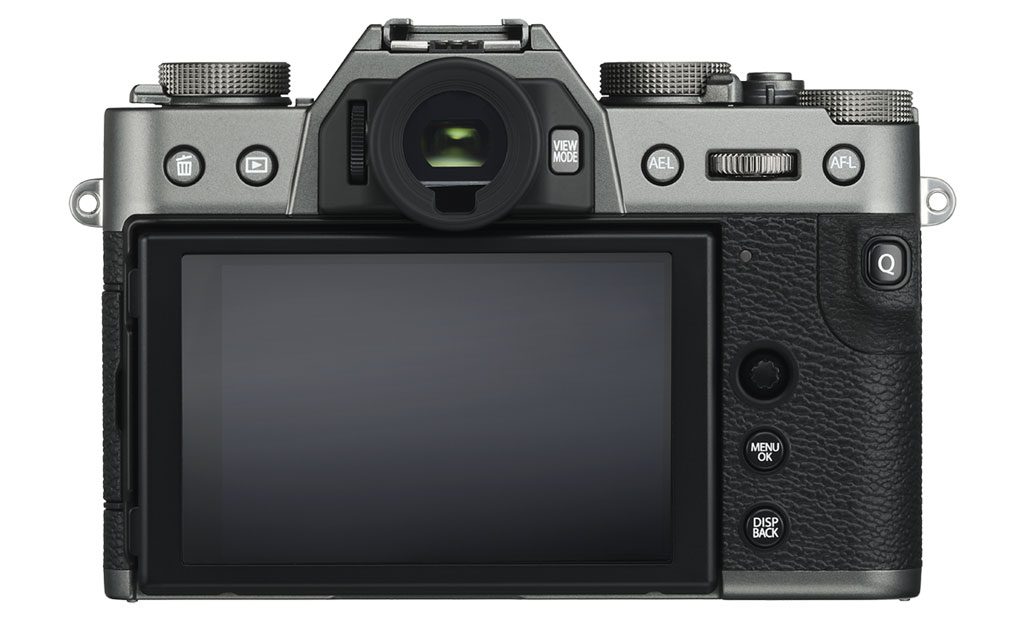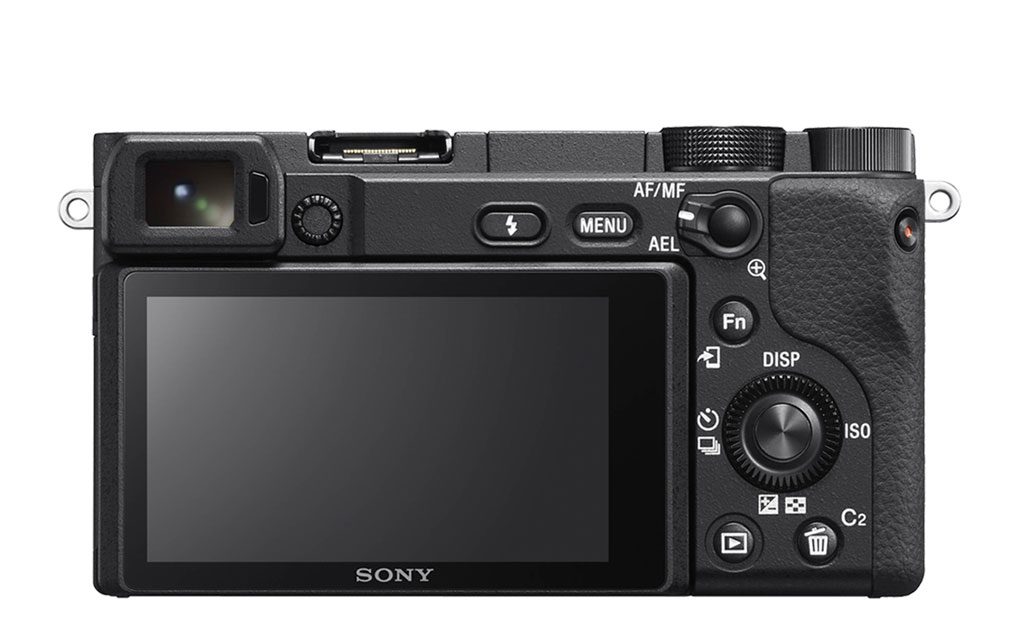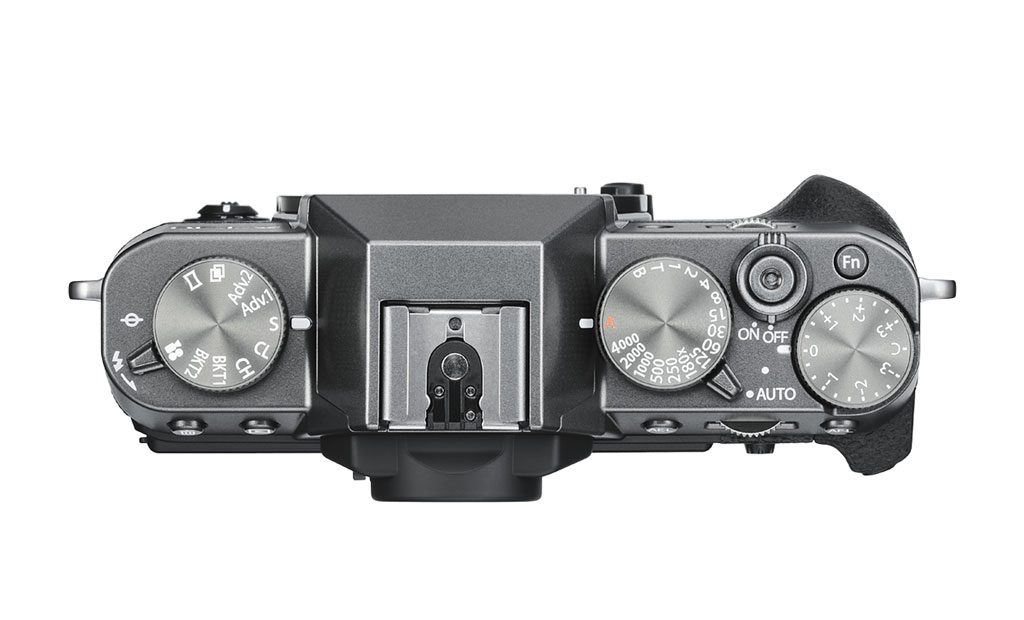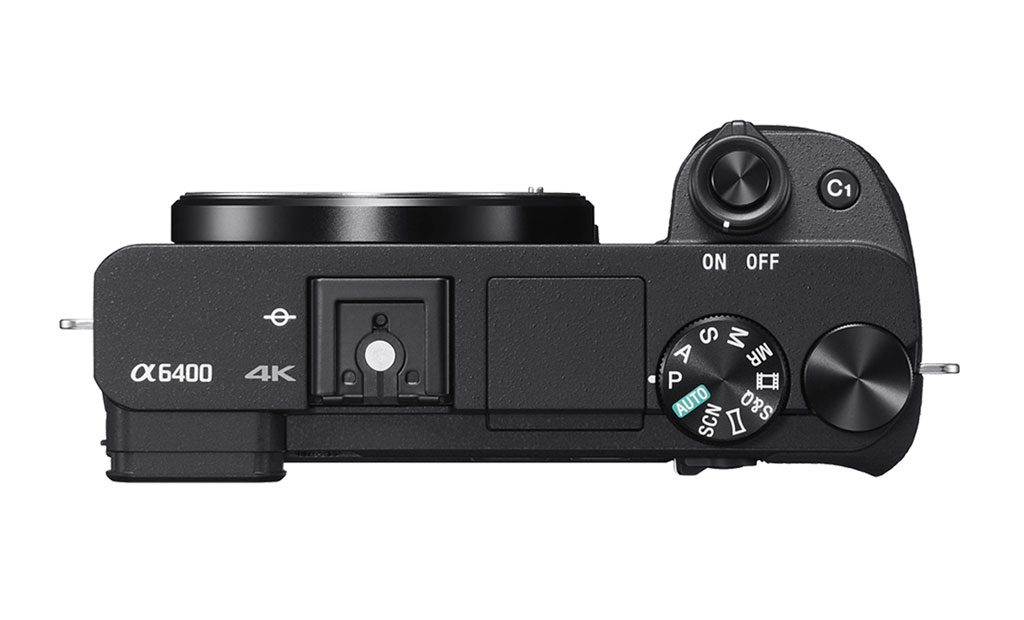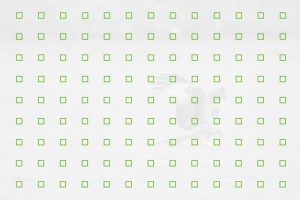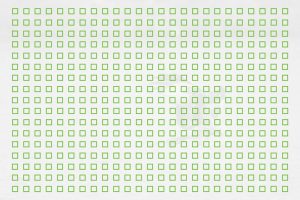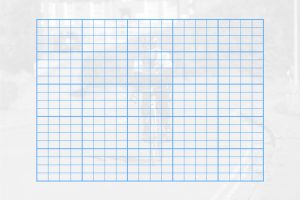The latest addition to the Fuji X-series line-up, the X-T30, has a lot in common with the more expensive X-T3 and should be a popular choice amongst enthusiasts, just as its predecessor the X-T20 was when it hit the market.
Sony has released different versions of its APS-C mirrorless cameras. The a6400 is the latest to join the family and while it isn’t classified as a high-end model, it introduces Sony’s next generation autofocus which looks very promising.
Let’s see how these two models compare, but first a quick introductory list showing what they have in common:
- APS-C format sensor
- Hybrid AF system (contrast and phase detection)
- 4K video up to 30p (8-bit 4:2:0 internal)
- Single SD card slot (UHS-I)
- Built-in pop-up flash
Update: our full comparison between the X-T30 and a6400 is now online!
Note: the cover image shows the X-T30 next to the a6300, whose design is nearly identical that of the a6400.
Ethics statement: the following is based on official information about the a6400, and our hands-on experience with a pre-production X-T30 at the launch event. Within the article, there are affiliate links. If you buy something after clicking one of these links, we will receive a small commission. To know more about our ethics, you can visit our full disclosure page. Thank you!
1. Design and ease of use
The X-T30 includes a viewfinder at the top centre which gives it the look of a compact SLR. On the a6400, on the other hand, the viewfinder is found on the left-hand side, which gives it a flatter appearance.
The Fuji model is a bit smaller in width and a little lighter but obviously taller. Another relevant difference is the more pronounced front grip of the Sony camera.
- X-T30: 118.4mm x 82.8mm x 46.8mm, 383g
- a6400: 120.0mm x 66.9mm x 59.7mm, 403g
Only the a6400 has weather-sealing (dust and moisture resistance). The Sony is available in black, whereas you have three colour choices for the Fuji: black, silver or charcoal.
The X-T30 features a more distinctive “retro” look and has some handy controls such as the drive, shutter speed and exposure compensation dials on top. There are also two front/rear command dials and a joystick on the rear that is used to move the AF point and navigate through the menus. On the front we find a Focus Mode selector to quickly switch between Single, Continuous and Manual focus.
The a6400 has classic shooting mode dial on top. There is one control dial and a rear control wheel to change exposure and a good number of function buttons with more than 80 options to choose from.
We haven’t tried the a6400 yet, but its design is the same as the a6300 which we own. I appreciate the larger grip of the Sony (it suits my hands better) but when it comes to ease of use, I prefer the X-T30.
The Fuji menu system is more comprehensive as well. You’ll find a customisable Quick menu on both (called Fn menu on the a6400) as well as a My Menu page where you can save your favourite settings.
2. Viewfinder
As already mentioned in the first chapter, the placement of the EVF differs on the two cameras.
The advantage of having the EVF on the left is that you can compose while keeping the other eye open. For example some portrait photographers like to maintain eye contact with their models. Likewise street photographers can observe the scene while composing and shooting. Personally I shoot using my left eye so I can’t take advantage of the a6400’s design.
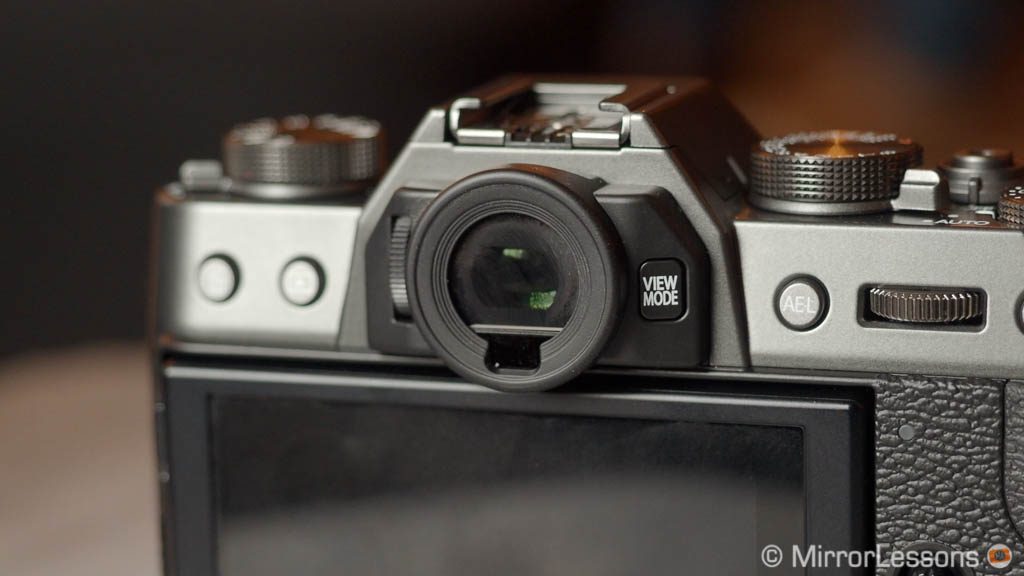
In addition to their position, we can add that the Sony has a larger magnification (0.7x vs 0.62x) and a slightly faster refresh rate of 120fps versus 100fps on the X-T30. However if you work in PAL mode, the Sony is capped at 100fps, making it identical to the Fuji model.
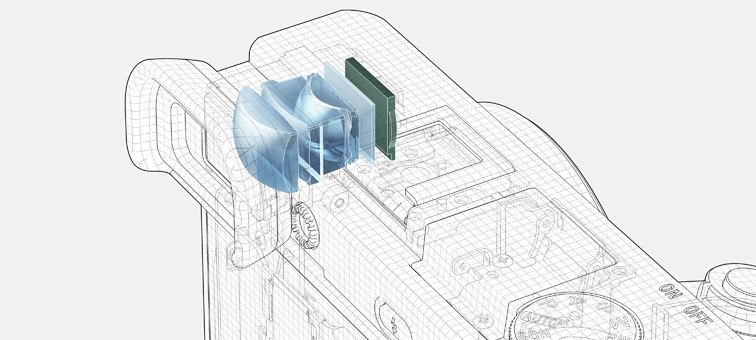
Both viewfinders use a 0.39-in panel with approximately 2.36 million dots of resolution.
3. Rear monitor
Both cameras feature a 3-inch rear LCD screen with tilting capabilities on two axes.
The X-T30 monitor can swivel up approximately 90 degrees and down 45 degrees. It has a bit more resolution (1,040k vs 921k dots).
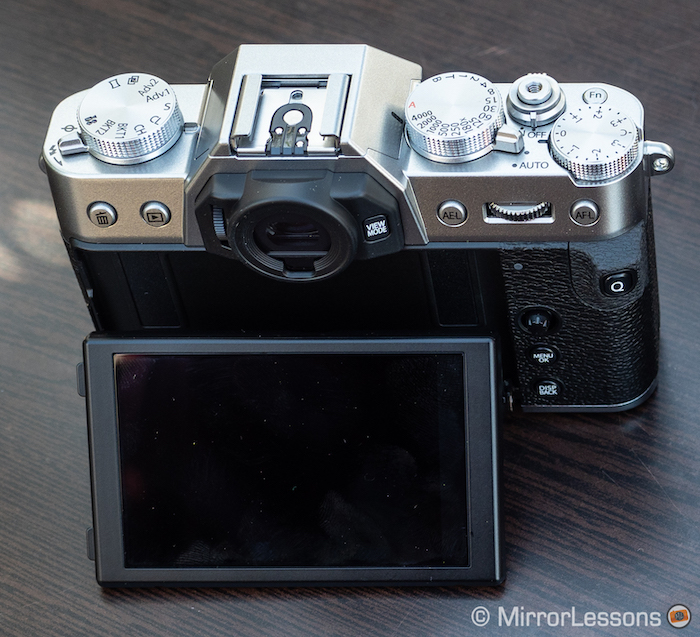
The a6400 allows you to rotate the screen up 180° to take selfies or video logs. Note however that this solution makes it impossible to use accessories on the hot-shoe.

Both screen are touch sensitive. On the Sony you can use it to select the AF point, or as an AF Pad while composing with the EVF.
The X-T30 allows you to do more things like take a shot, activate functions or select a face to prioritise.
4. APS-C sensor
Both cameras use an APS-C sized sensor with a similar resolution. The X-T30 has 26.1MP whereas the a6400 features 24.2MP.
The two sensors use a different array of pixels. Whereas the Sony has the standard Bayer type, the X-T30 uses Fujifilm’s proprietary X-Trans (IV generation in this case) that ensures the presence of a least one green, red and blue pixel on each line (horizontal and vertical).
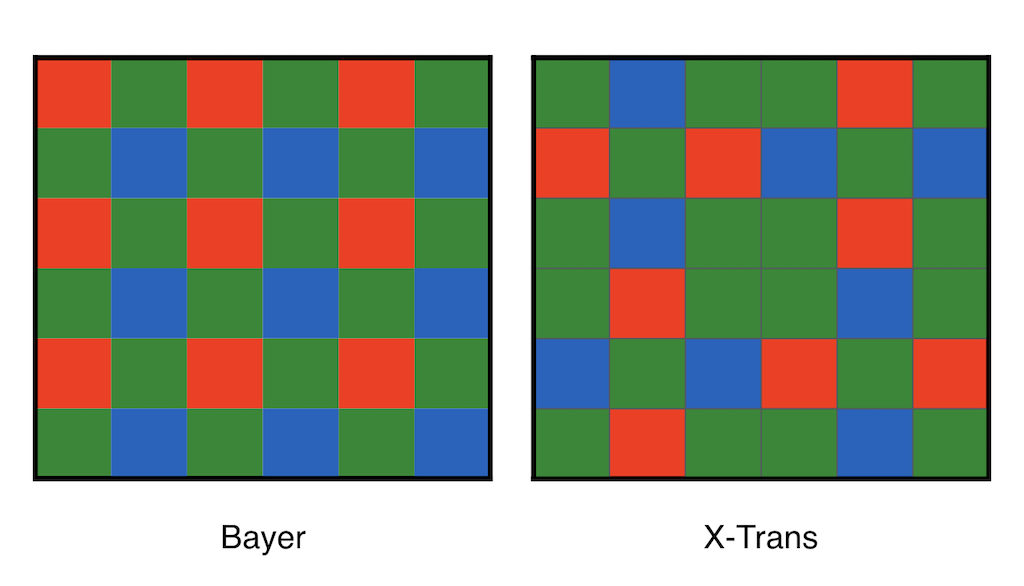
The different pixel arrangement allows the X-T30 to ditch the low-pass filter and maximise sharpness, although it is known by many now that not every software does a good job of demosaicing the Fuji RAW files. That being said, there have been several improvements, the most recent one coming from Adobe (the software that has received the most criticism from the beginning).
As for the high ISO performance, the X-T30 has a native range that goes from ISO 160 to ISO 12800, with extended values down to ISO 80 and up to ISO 51200.
The a6400 delivers a wider range of ISO 100 to 32000, and extended values up to ISO 102400.
5. Autofocus
The X-T30 inherits the AF system of the X-T3. It has 117 hybrid points that cover 99% of the sensor’s surface. These points can be subdivided into 425 with certain setting combinations. It is Fuji’s fastest and most reliable AF to date.
The a6400 has 425 native hybrid points that cover a large portion of the sensor too. The camera has the world’s fastest speed rating, with an acquisition time of just 0.02s.
What’s more, the a6400 benefits from a new algorithm that improves motion tracking: it can detect the subject according to colour, pattern (brightness), distance, and face and eye information.
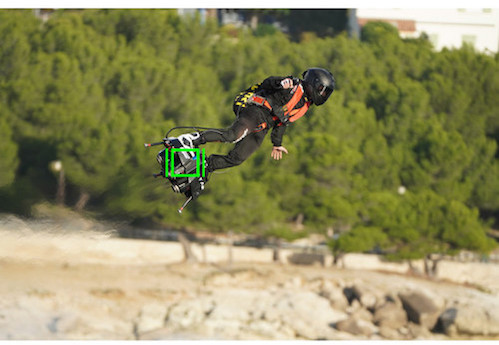
The a6400 comes with Sony’s renowned EyeAF that now works without the need to assign it to a function button, and with the possibility of prioritising the left or right eye.
The X-T30 introduces Fuji’s latest face and eye tracking algorithm, which is more reactive, works better when the subject is far away from the camera and allows you to choose which face to prioritise when multiple people are in the frame.
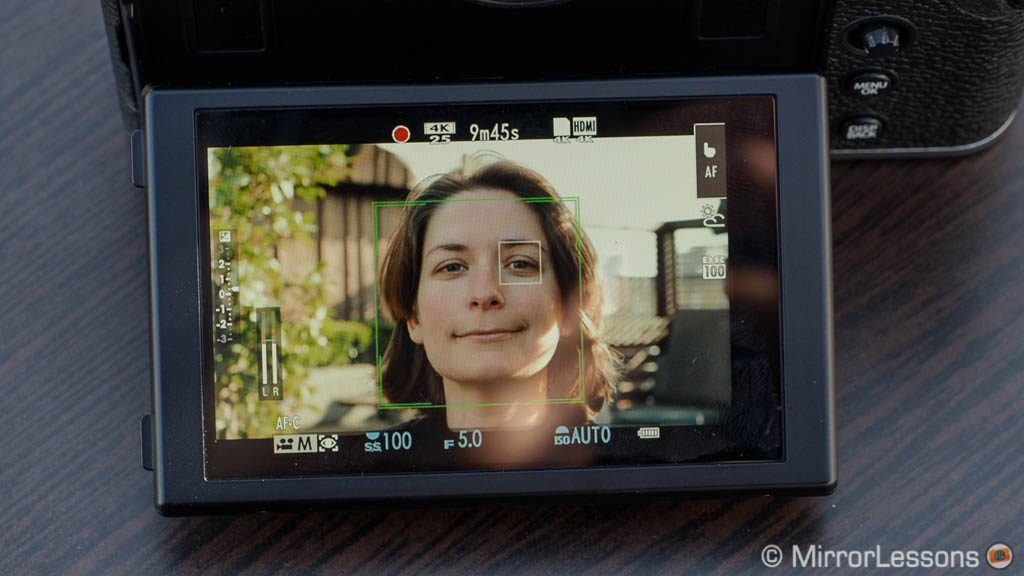
But what I really can’t wait to try on the a6400 is Eye AF for Animals, which is due in the summer via a firmware update.
The X-T30 has an advantage in low light as its minimum sensitivity is one stop better than the a6400 (-3Ev vs -2Ev with an f2 lens).
Finally, the X-T30 include settings to control the AF performance depending on the scene being photographed. The AF-C Custom Settings come with 5 presets and an extra set that can be manually customised.
6. Continuous shooting speeds
With the mechanical shutter, the a6400 is faster (11fps) whereas the X-T30 stops at 8fps. Live view with blackouts is available up to 8fps with the Sony or 5fps with the Fuji.
Switch to the electronic shutter, and the X-T30 goes up to 20fps, or 30fps with a 1.25x crop which gives you 16MP instead of 26MP. What’s more, these speeds work with live view and no blackouts, which means you have a smooth clean view of the subject you are tracking at a fast refresh rate (40Hz and 60Hz in crop mode). The a6400 can go up to 8fps only with the e-shutter.
The a6400 has better buffer capabilities however, managing approximately 99 JPGs or 46 RAW files at 11fps, whereas the X-T30 can shoot 18 RAWs or 81 JPGs at 10fps.
7. Video settings and recording limitations
The two cameras can record 4K video up to 30fps using the entire width of the sensor with full pixel readout (6K of information is used and downscaled to 4K).
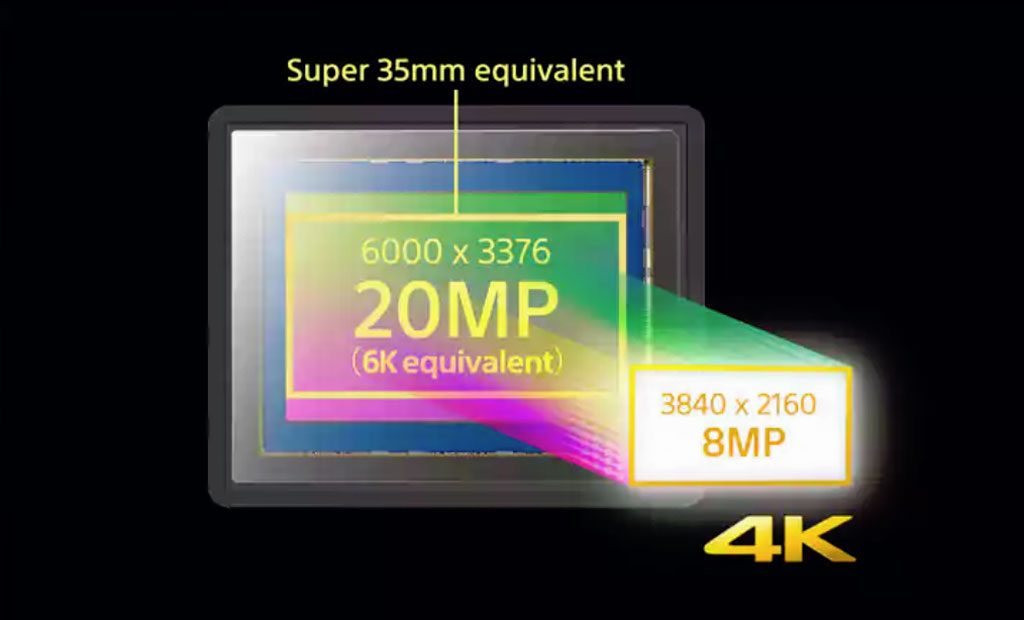
The a6400 doesn’t have a recording limitation in 4K, and the first tests seem to be positive regarding overheating as well. The X-T30’s 4K mode is limited to 10 minutes per clip, and even in Full HD it can’t record for longer than 15 minutes.
The X-T30 has dedicated settings for video including noise reduction, dynamic range modes, the Eterna film simulation mode and the F-Log profile.
The a6400 has several Picture Profiles that can be customised with video oriented settings (Black pedestal, knee, etc.), HLG (HDR profiles) and two Log gammas (S-Log2 and S-Log3).
Both cameras can record up to 120fps in 1080p (a crop is applied to the X-T30 however).
Internal recording is limited to 8-bit 4:2:0 but the X-T30 can output 10-bit via the HDMI port, unlike the a6400.
Finally, the Sony has a 3.5mm mic input whereas the X-T30 has a 2.5mm port. The USB-C connection on the Fuji also allows you to plug a headphone via an adapter.
8. Battery life and USB charging
The X-T30 uses the same battery as the flagship models and has a CIPA rating of approximately 380 frames.
The a6400 has a rating between 360 and 410 shots depending on whether you make more use of the viewfinder or LCD monitor.
Both cameras can be charged via USB but the USB-C port of the Fuji also accepts power delivery while in operation.
9. Lens system
It is always important to talk about lenses when comparing two cameras from two different brands.
In the last five years, Fujifilm has built a respectable catalogue of prime and zoom lenses for the X system. Some of the more expensive zooms are too big for the compact X-T30 body, but there is also a good selection of small primes, many of which aren’t all that expensive like the 27mm f/2.8, the f/2 series and the recent 16mm f/2.8.
The APS-C E-mount line-up has a less attractive selection. There are a couple of good prime lenses, but most of the zooms are f/4 constant or slower. Of course we can extend the list to all the full-frame lenses available for the A7/A9 series, and while some of them can be a good fit for the compact a6400, others are quite large and expensive. Thankfully, Sigma has a nice series of affordable f/1.4 primes.
10. Price
The American launch price is the same for both cameras at $900 for the body alone.
The British and European prices are different however: the X-T30 can be found for £850 or €950 respectively. The Sony is more expensive at £950 or €1050.
Both cameras come in kit lens bundles. Once again we see a difference between the different countries. It is also interesting to see that for the same price in the US, the Sony bundle comes with a more versatile zoom:
- X-T30 + 15-45mm f3.5-5.6: $1000 / £900 / €1250
- X-T30 + 18-55mm f2.8-4: $1300 / £1200 / €1350
- a6400 + 16-50mm f3.5-5.6: $1000 / £1000 / €1150
- a6400 + 18-135mm f3.5-5.6: $1300 / £1300 / €1450
Conclusion
Update: our full comparison between the X-T30 and a6400 is now online!
Both cameras are compelling options for enthusiast photographers and the similar price tag makes the choice even more difficult.
The X-T30 felt very familiar, not only because the design hasn’t changed from its predecessor, but also because it packs the same sensor, AF and performance as the X-T3. It’s great all-rounder for stills and video with a friendly interface. It’s just a shame that video still has some recording limitations. I also feel that upgrading the rear monitor to a 180˚ tilt-out solution would have made the camera a more tempting option for v-loggers.
The a6400 addresses the two main shortcomings of the Fuji model (video recording limit and selfie screen) and its new autofocus system is very promising, especially considering the EyeAF for Animals upgrade that will come later on. It’s a shame Sony didn’t take the opportunity to make a few more changes to the ergonomics and button layout, but there is a more comfortable grip on the front which is welcome.
I can’t really say much more than this until I put these two cameras to the test. Is there one model you would choose over the other? Share your thoughts in the comment section below!
Reminder: the links below are affiliate links. If you decided to buy something after clicking the link, we will receive a small commission.
Check price of the Fujifilm X-T30 on B&H Photo
Check price of the Sony a6400 on B&H Photo

